Reflected light is one of those small but powerful details that can make or break your painting. This post will help you paint it more accurately. I’ll cover:
- What Is Reflected Light?
- Reflected Light and Value
- Reflected Light and Color
- Reflected Light and Observation
- A Note on Cameras
- Other Examples of Reflected Light
- An Exercise for You
- Key Takeaways
- Want to Learn More?
- Thanks for Reading!

What Is Reflected Light?
Reflected light is light that bounces or reflects off objects. For example, the light bouncing off and around the walls of your room—that’s reflected light. It’s not as strong as a direct light source but it can illuminate objects.
You’ll see it best in the shadows. When reflected light bounces off the surroundings and into an object’s shadow, it makes parts of the shadow lighter. This adds complexity and nuance to the shadows. Not only must you think about the subject in terms of light and shadow, but you also need to consider the subtle light and dark relationships within the shadow due to reflected light.
To see reflected light, take an egg from your fridge and place it under a light. Part of the egg will be in light and part will be in shadow. The part of the egg in shadow is called the form shadow. There will also be a cast shadow on the surface below the egg. The edge that marks the transition between light and shadow is called the terminator line or core shadow. This is typically the darkest part of the form shadow. Notice how the form shadow gets lighter around the edge. This is reflected light. It represents light bouncing off the surrounding surfaces and into the form shadow.

Below are examples of reflected light in two recent paintings of mine. In Maryvale, Cows, reflected light bounces up off the ground and across the underside of the two standing cows. Notice the yellowish tint around these areas.


In Tree Series, High Contrast, reflected light bounces up from the ground and between the branches and illuminates parts of the main tree. This reflected light is what makes the tree look like a tree. Up until I made those marks, the tree looked like nothing more than a dark, abstract shape.


Reflected Light and Value
A good rule of thumb for the value (lightness) of reflected light is to make it:
- Dark enough to appear as part of the shadow; and
- A touch lighter than the rest of the shadow.
The first part is important. If you make your reflected light too light, it will compromise the shadow and your painting won’t read properly. Your shadows should always look like shadows.
Reflected Light and Color
The color (hue and temperature) of the reflected light is more complex and nuanced than its value. It also provides more opportunities to inject your artistic flare into the painting without compromising the sense of realism (value doesn’t give you as much creative freedom to work with).
The main variables that determine the color of the reflected light are the color temperature of the primary light source, the color of the objects reflecting the light, and the local color of the object being hit by the reflected light.
Joaquín Sorolla has some wonderful examples. He pushed color into the shadows in a way that shouldn’t be possible! I imagine this can be attributed to his many years of painting from life and an acute eye for subtle color relationships. In his Elena Among the Roses, look at the rich pinks and reds on the subject’s face. This is reflected light bouncing up from her dress into the shadow of her face.

Sorolla’s beach paintings are particularly stunning in terms of color and reflected light. Below is The Three Sisters on the Beach. I did a small study of this painting some time ago (also shown below). I remember realizing just how much color you can get away with using in the shadows to depict reflected light. It was an eye-opening experience.


Reflected Light and Observation
I find observation to be the most helpful tool in painting reflected light. Observation allows you to make a quick assessment of all the variables without getting bogged down in calculated thought. What do your eyes tell you? In most cases, you don’t need to understand why the reflected light looks the way it does, you just need to clearly observe and paint it.
When observation doesn’t work or make sense, you can fall back on what you know about reflected light. Where should it be? What is its structure? What are the variables that influence its color?
A Note on Cameras
Cameras struggle with reflected light and the subtle colors and nuances of shadows. Especially with high-contrast scenes where the shadows tend to be underexposed.
How do you combat this?
You could paint from life and avoid reference photos altogether. This is what Sorolla did and it surely worked for him! This is the best way to clearly observe and paint reflected light. But of course, it’s not always practical and it ignores the logistical benefits of photos.
You could paint small studies from life and make notes on your observations of reflected light. Then, back in the studio, you could refer to both your studies and reference photos to paint the main piece. This way you get the best of both worlds.
If you are painting strictly from photos, you must learn and understand reflected light and make logical assumptions about its placement and color. You could also use editing software to make your reference photo lighter in order to reveal more detail in the shadows. This won’t help much with the color, but it will help with the structure. This is what I did for my current painting in progress. Below is the reference photo I’m working from. See how the shadows of the main boat are underexposed and the structure and nuances are lost in darkness.


I can lighten the photo using Photoshop. This provides me with some valuable insight into the subtle light and dark relationships within the shadows.
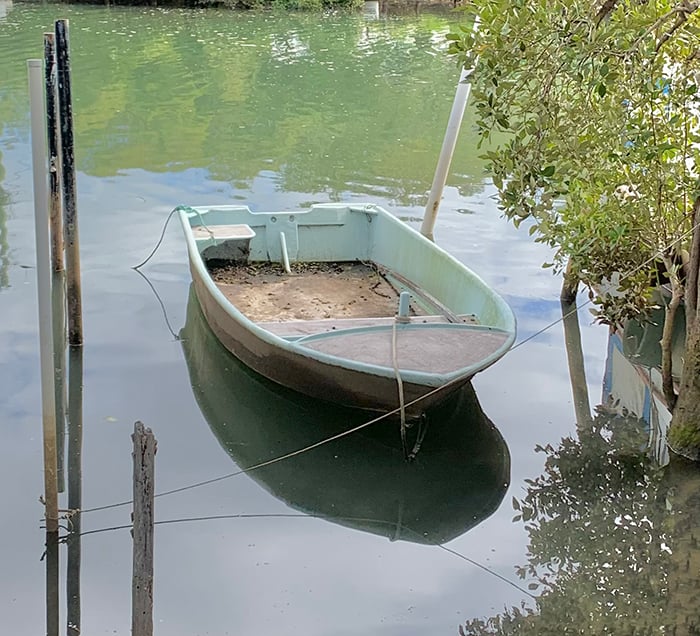
Other Examples of Reflected Light
Below are some other examples of reflected light. See if you can spot the reflected light. Pay close attention to the relationships between the reflected light and the surrounding colors.







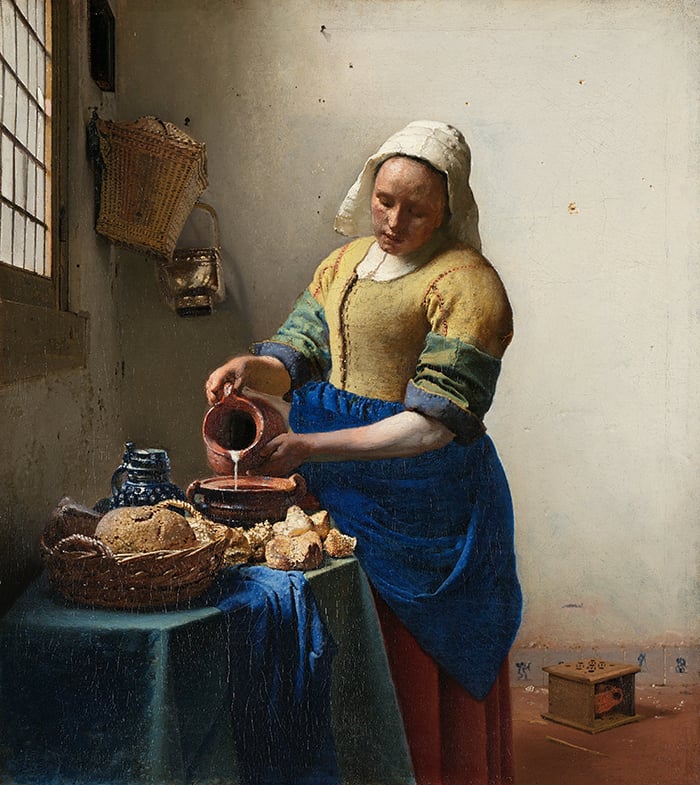

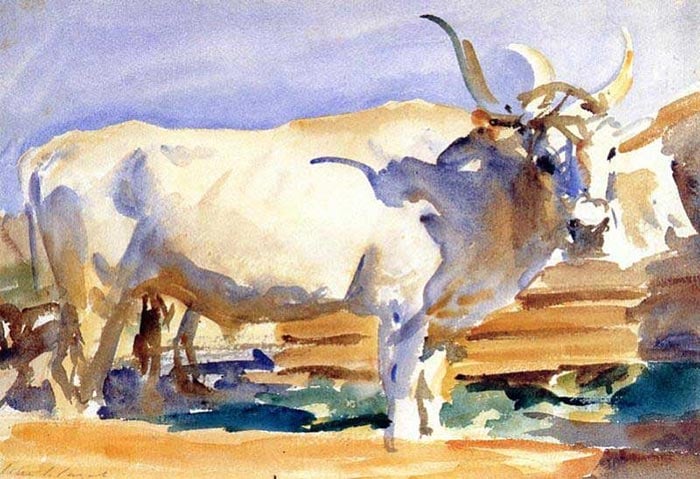

An Exercise for You
As you go about the rest of your day, try to identify and clearly observe examples of reflected light. Take a mental note of the colors, the relationships, and where the reflected light is coming from. This will help you consolidate your new understanding and appreciation of reflected light.
Once reflected light is in your world of understanding, you’ll start to see it everywhere and you’ll actively look for it on the subject. This makes it easier to paint (the first step to accurately painting something is knowing it exists and clearly observing it).
Key Takeaways
- Reflected light is small but powerful and can make or break your painting.
- Reflected light should be dark enough to read as part of the shadow. Don’t let reflected light compromise the integrity of your shadows!
- The color of reflected light is complex and nuanced. It’s also where you can inject some of your artistic flare.
- Observation is your best tool for determining the color of reflected light. It allows you to quickly assess all the variables in front of you.
- Cameras struggle with reflected light and shadows in general. Being aware of this limitation helps you compensate for it.
- Once reflected light is in your world of understanding, you’ll start to see it everywhere and you’ll actively look for it on the subject. This makes it easier to paint.
Want to Learn More?
You might be interested in my Painting Academy course. I’ll walk you through the time-tested fundamentals of painting. It’s perfect for absolute beginner to intermediate painters.
Thanks for Reading!
I appreciate you taking the time to read this post and I hope you found it helpful. Feel free to share it with friends.
Happy painting!
Dan Scott

Draw Paint Academy



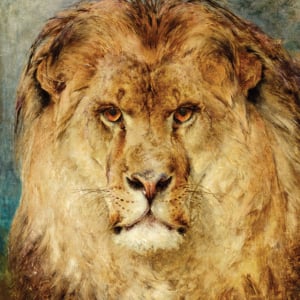
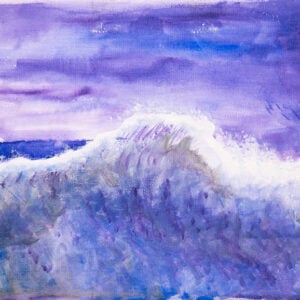
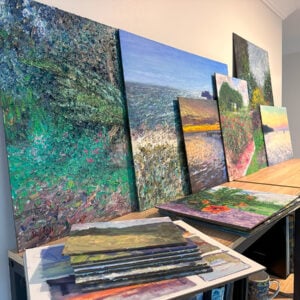
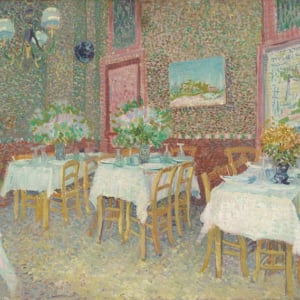
I see what you mean. I looked at my cat on the couch and saw the ceiling’s reflected light on his fur. Been drawing and painting it without knowing why. Thanks.
Your articles are so we’ll written and explained…thank you
DAN YOU ARE WONDERFUL
This article was excellent and I found it to be very helpful. A good piece of writing too. It was well organized and flowed very easily. I’m going to print a copy as a reference. I’m very grateful for this as it has been a difficult concept to grasp for me.
Yes this is an article I will print off for myself too. Very well explained and something I’d never ever considered. Thanks Dan!
ooooooooooooooooo gifted
Most comprehensive article. Always insightful. Thank you for your refreshing approach.
Fantastic article, Thank you for taking the time to write about & share this. I think it is a key element I have been missing in my painting! I struggle to identify reflective light strait away so I’m going to be training my eyes to notice it over the next few days.
I have always loved looking up at the sky reflecting the light through the leaves from under
A tree or bush and wondered at the beauty of nature but never thought of it as reflective light. It now makes sense but somehow takes away the mystery of its beauty. I’ll not see it they same way anymore I guess but will still enjoy and respect the beauty.
Thank you. I love your emails and this was helpful, but I do have a question. I get confused sometimes about whether the line between an object and its shadow should be a hard line or a fuzzy line. Perhaps you could touch on that in a future issue. Thanks.
Thank you. This really makes sense. I had no idea! You are very clear in your training. You take great care to explain thoroughly.
I appreciate it.
MVH
Thank you so much! Love the explanation and images to illustrate! ❤️
Interesting point about the reflected light being dark enough to appear as part of the shadow but a touch lighter to show that it is light reflected in the shadow.
Thanks Dan, excellent information.
Reading this I understood why!!!
I appreciate everything you shared with us.
Thank you again.
I look forward to your emails as if an old friend ! Thanks !
Wonderful article!
A wonderful article!
Dan, as a new watercolor enthusiast, these basic, yet important, tips are essential in starting my paintings out correctly. I’m sitting outside on our farmhouse porch with a cup of coffee and am mesmerized by all the shadows and relective light the morning sunlight is casting! What a gift! Marcy Thobaben
That’s reflective…🙂
As always, a very clear explanation of the subject, Dan. I’m an experienced artist who is still learning how to perfect my skill. We never stop learning! You are an excellent teacher, thank you!
Your explanation is clear and understandable. Most instructors just add the light, but
don’t tell you why and how.
This is such valuable information.
Thank you, Dan, for sharing.👏🏻
Thank you for taking the time to explain this, as it’s a subtlety which although I can see and experience, I haven’t really understood before.
With this and your many other very useful posts, you are giving us the opportunity to understand how to more knowingly ‘read’ what we are seeing.
I also really appreciate your suggest techniques (and your takeaway lists) that will ready us to improve; if we do – you’ll have made a difference, if we don’t…at least you have given us the opportunity to try!😊
Thanks again
More information than I can stuff into my head in one reading. Will have to read again several times. Especially prior to completing a painting… Thanks
Very useful advice we didn’t know we needed! Learning to “see the light” is a fascinating lesson. Thank you for sharing your knowledge.
Dan, this article was SO helpful. Honestly, I can’t thank you enough for all the time, attention and expertise your offer to us fledglings. Warmest regards….
Great article Dan. Thank you so much for your time and effort. I really appreciate it.
Thank you for this lesson, and for opening my eyes to reflective light.
Thanks Dan for a valuable lessons.However I still don’t understand the difference in a cast shadow and a reflected light/
Moving from “Dabbler” to watercolor/mixed media artist with only one previous art class in Norwegian Rosemaling (!) I’m just now experiencing and enjoying color in SHADOWS! This idea of reflected light is exciting! Noticing colors in shadows like never before.
Is there any way I can send you a photo to discuss light, shadow, reflected light? If you like the photo you may keep it and use it as you like.
Enjoying your teaching style and content.
Lulu
Thank you for this informative lesson Dan.
You have a real knack for explaining… very helpful!!
This one is great for me. Needed some good guides. Will start watching for the reflected light. Thanks
Dan,thank you very much for your kindness and teaching dedication.
Always looking forward to see your new letter- so many interesting things to learn.
reading your article today i realized that what exactly i was missing and did not know and i feel like VICKI KRAVITZ(one of your followers).
Thank you again,
Have a good day.
Lyudmila Kanashuk
A must read..loads to chew on and devour…ty so much
Great learning! awesome examples… light plays tricky role in a painting..thank you for sharing this knowledge…
Beautifully described. Thank you for sharing
Beautifully described. Thank you for sharing
A real eye opener Dan.
I am so grateful to you. I’ve been painting for years and this is an exciting development for me to undertake.
Hello Dan,
Thank you for all your wonderfully interesting emails. This article on reflective light was very interesting. I believe that subtlties like reflective light, when applied to any art form, is what really separates a good work of art from a great work of art. Thank you for your insight.
Dear Dan, I just read your article on reflective light. I really enjoy seeing your pictures of what other famous artists paint
regards, Lorna Mason
Thank you once again, Dan.
I am inspired to try this light understanding on my next painting.
Thank you for this wonderful explanation on reflected light. I have been studying shadows and reflected light to add interest and dynamism in my work. I will print this article for future reference.
My Dad loved Sorollo so much he brought large prints of his seaside works back from Spain and had them framed. The light from these paintings bounced around the living room and one felt one was at the seaside!
Dan thanks for this chapter on reflected light, the useful information and your instructional comments.
Thank you Dan! Very nicely explained!
This article is spectacular! Thank you for the educational content!
Thanks so much I do appreciate your advice and do make painting more intriguing and interesting to try new things